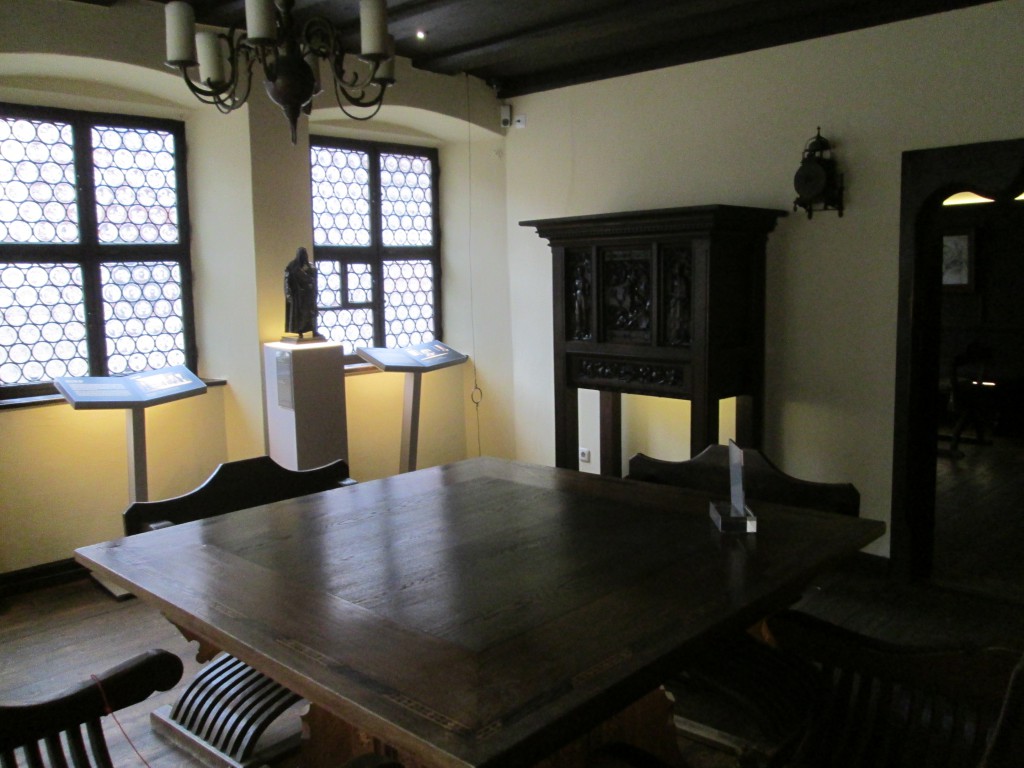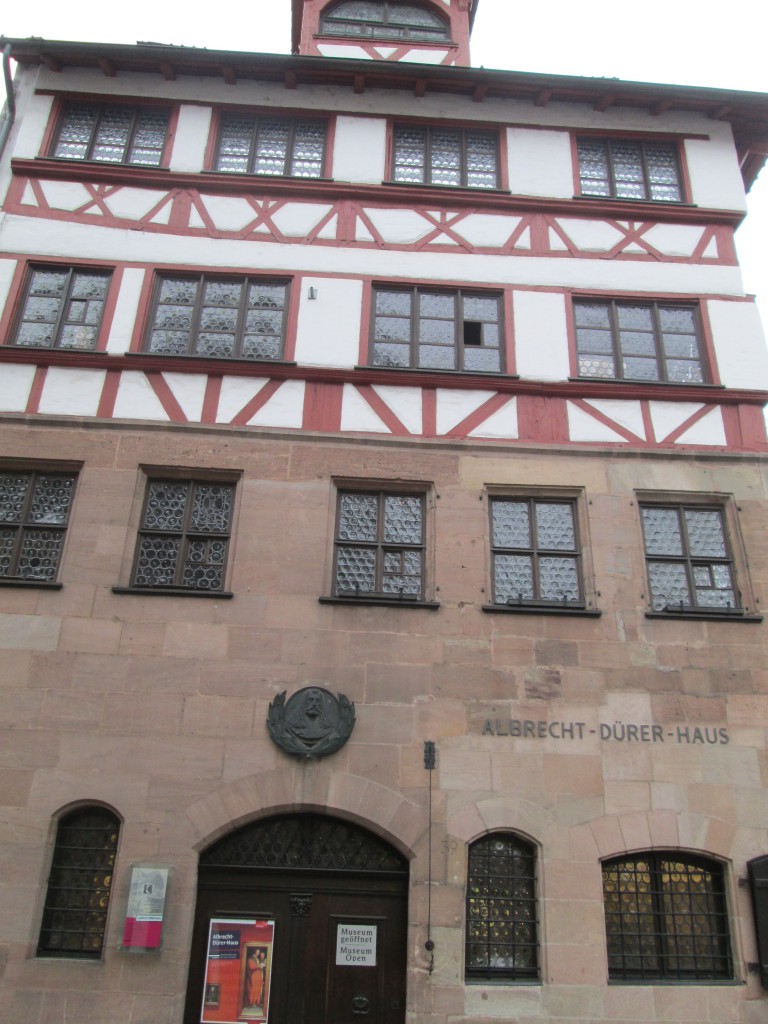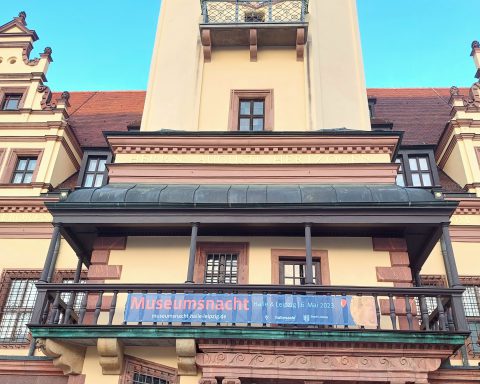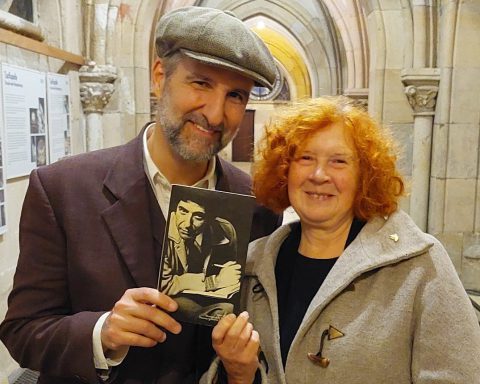Albrecht Dürer’s house in Nürnberg is situated uphill inside the old town, near its fortification. Today it is a museum in which no authentic work of the artist can be seen, just copies of his most famous paintings, his wood prints, copper prints and other creations. Still it is worth a visit since the atmosphere of the building, which was only partly destroyed during WWII, resonates with the time when the artist was living here. Thus visitors can learn a lot about his life and his work.
We know Dürer mostly through his self-portraits; he was ahead of his time, the 16th century. Trying to advertise his work to some noble patron-to-be, he painted himself not only in the three quarters pose but also en face, looking directly towards the viewer. No one before him had dared to do something like that but it seems that the result wasn’t the one Dürer had wished for. Lovers of art were scared by these two eyes gazing seriously and intensely ahead, giving an impression of indiscretion or emanating something daemonic.
His most famous portrait is still somewhat of a riddle for those studying his work, as they can’t be sure whether he wanted to depict himself as Jesus Christ or simply stress the role of the artist as a maker.
In the museum one learns that Dürer may have been a little vain (there are so many paintings of himself, a handsome man in elegant clothes and unruly long hair) but that he was also a great scientist, mathematician, and theorist of Art. He had written a number of treatises on geometry and the dimensions of the human body. Among his most famous works are a diptych of Adam and Eve as well as of The Four Apostles.
“Praying hands”, the pictures of a hare, a horse and a rhinoceros, as well as many religious art works and portraits of his contemporaries, are familiar to many of us and can be seen in many big museums all over the world.

Dürer was married to Agnes and lived in this large house with her and with his mother, Barbara, whom we can see in various portraits her son had made of her. It is obvious that they looked alike, at least in external appearance. Towards the end of his life, Dürer was ill and needed to have a toilet in the house. The city authorities allowed him to install one although this was forbidden to other citizens who weren’t as successful, rich and famous as he was.
Children who visit the museum can be guided through its rooms by an actress playing the wife of Dürer. They can also make their own prints, copies of Dürer’s works at the very spot where it is believed that the artist’s studio had been.
Both children and adults visiting the museum will surely enjoy learning about Dürer and his era through various interactive methods.
The opening hours for the Albrecht-Dürer-Haus can be found here, and contact info + directions here.









![Wine & Paint event on 9 Nov. 2024 at Felix Restaurant, Leipzig. Photo: Florian Reime (@reime.visuals] / Wine & Paint Leipzig](https://leipglo.com/wp-content/uploads/2024/12/pixelcut-export-e1733056018933-480x384.jpeg)

